Althen sensor partner for Hardt Hyperloop
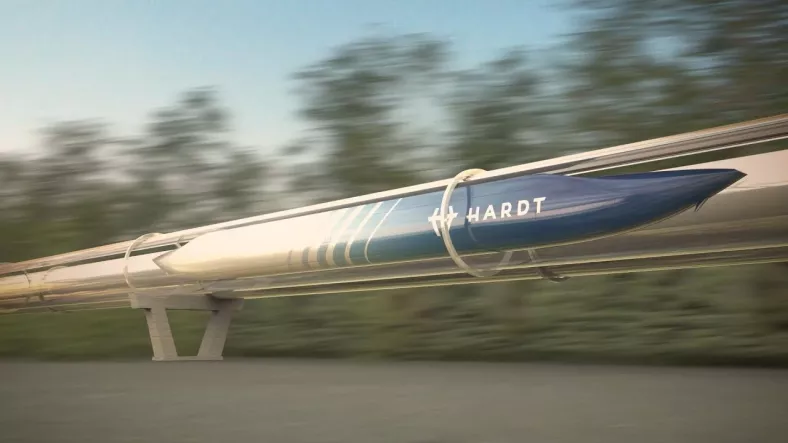

High-resolution optical distance measurement and surface analysis
Laser Position Sensors and 2D/3D Laser Scanners are suited for non-contacting measurement of displacement, distance, positions, and profiles. They offer quick, high-resolution measurements with great precision for optical distance measurements and surface analysis. They operate contact-free and are suitable for industrial and automation applications. Their measurement ranges lie between 2 and 2500 mm.
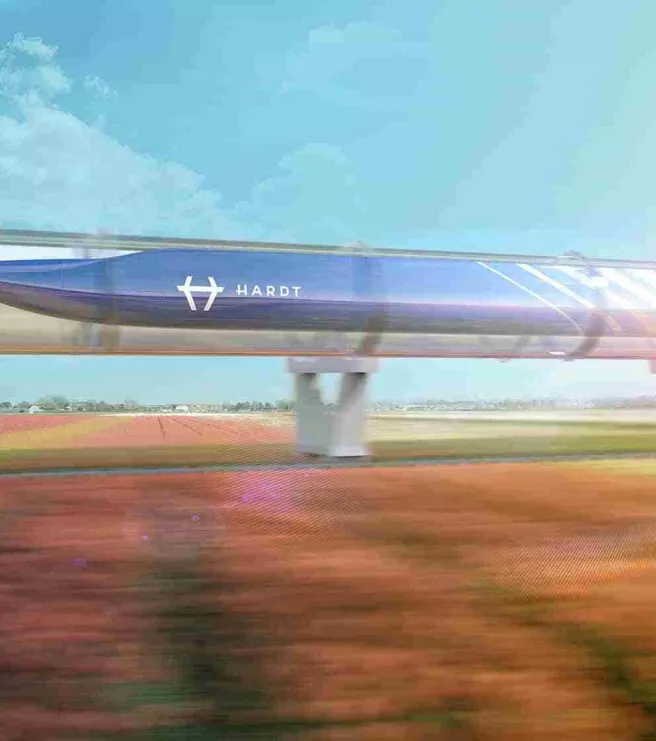
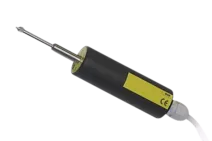
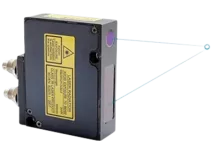
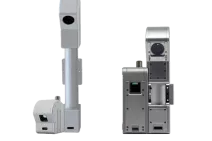
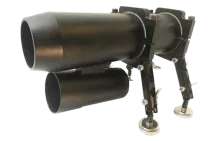
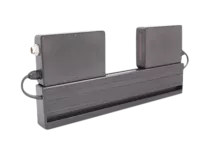
We offer standard laser position sensors but can also help you with a customized design or a complete measurement solution.
Every application is different and has its own requirements in terms of resolution, accuracy, linearity, robustness, temperature stability or special mounting and environmental conditions. Our experts adapt our sensors to your special requirements and conditions and develop individual solutions for you. We are happy to answer any questions you might have. Our product specialist for laser sensors, Sylvio Puzzo, is happy to help you with all your technical and commercial questions.

Accept the marketing cookies to view this video.
Click here to change your consent.
Learn more about the advantages and suitable applications for laser sensors and 2D laser scanners. This video features the sensors FDRF627 series 2D Laser Scanner and FDRF602 Laser Triangulation Sensor, giving an impression about software and measurement results. Each laser sensor, scanner or system has its special features, advantages, and limitations. We’d be happy to help you choose.
Modern Laser Triangulation Sensors are suited for precise and safe manufacturing and testing processes. Optical measuring procedures not only help you improve product quality and manufacturing processes, but also cut back on material and energy requirements. The laser triangulation principle lets you make contact-free, rapid, reliable and precise measurements of a wide variety of materials and surfaces.
Your benefit: Even critical surfaces such as hot metals can be measured using our contactless laser triangulation sensors. They use a laser dot to determine the travel, distance, or position of an object (laser distance sensors). These sensors are also used for measuring profiles and clearances. The main characteristics of laser triangulation sensors include:
2D Laser scanners are used for multidimensional quality controls. They let you create a two- or three-dimensional image of an object. Common applications include profile and contour analyses.
Althen laser distance sensors are based on the widespread red laser. Custom versions using blue lasers are also available. These sensors are particularly suitable for objects with high temperature resistance, as well as mirror and semi-transparent surfaces. We also offer special scanners for welding robots or hole testing:
Do you want to measure or monitor dimensions, roundness, surface profiles, or deformation in technical objects? Use one of our linear encoders. They offer contact-free measurement of linear displacement as an absolute position and are wear- and maintenance-free. The different form factors with high resolutions and rugged construction allow our linear encoders to be used in a wide variety of applications and industries.
The main characteristics of our linear encoders include:
Our optical micrometers measure diameters, widths, clearances, segments, or edge lengths of an object based on the “shadow” measurement principle. The system is based on a control and a sensor unit with LED light source, CCD camera, and telecentric lens. First, the laser sensor determines the contours of an object. Then, it calculates the size and position of the object based on the position and size of its shadow. These optical micrometers are often used in manufacturing and quality control. Their main features are:



Our laser sensors for optical distance measurements offer excellent precision. They also stand out thanks to their rapid measurements and compact size. They cover a wide range of industrial and automation applications. Each measurement system has its special features, advantages, and limitations. We’d be happy to help you choose.